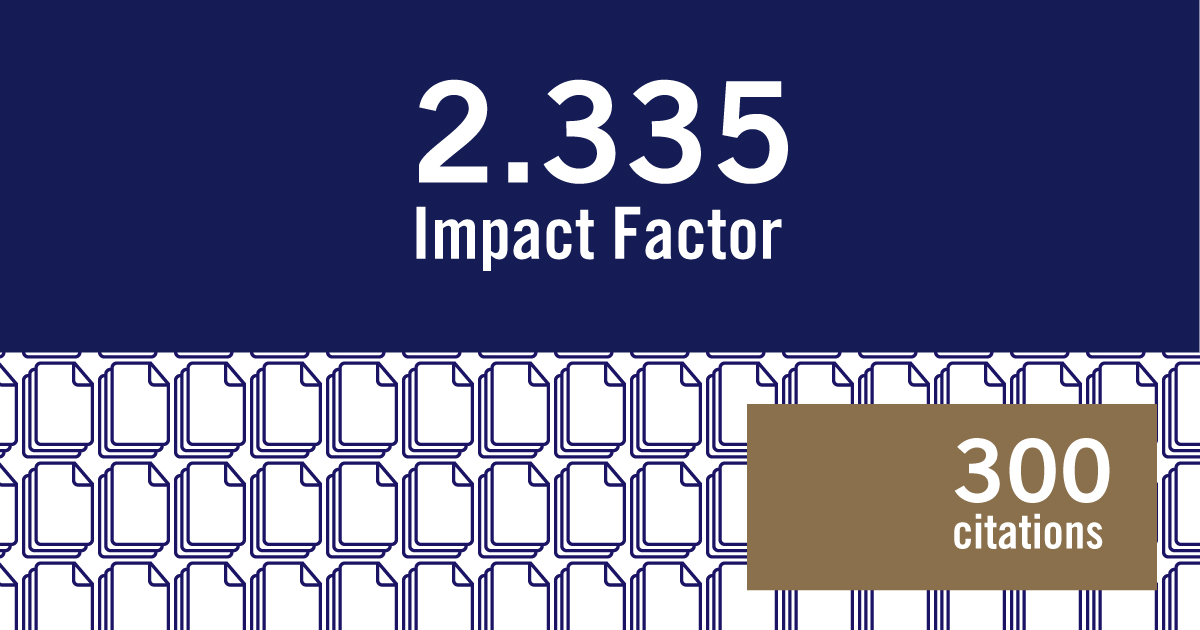
By Yeo Pin Pin, Head, Research Services
Most researchers would be familiar with Clarivate's Journal Impact Factor (JIF) available from the Journal Citation Reports™ which purports to measure how impactful the research is in each title for each year by dividing the number of citations in a citing year to articles in a journal title published in the two preceeeding years divided by the total number of citable items in those two preceeding years.
Did you know that the calculation for JIF will be changing, particularly with respect to "Early Access" articles? The change might impact the JIF for many journals.
What are "early access" articles?
Clarivate’s Web of Science started including electronic (“Early Access”) articles since 2017 and now includes this information for more than 6,000 journals.
But what is “Early Access”? Clarivate defines it as
“Version of Record content that is published online prior to final assignment in a completed volume/issue.”
The image below shows an example of such a record.

The inclusion of Early Access articles causes a consistency issue in the calculation of the impact factor. If an article is first available as "Early Access" in one calendar year (say it is made available early access in December 2020) but is published formally in another calendar year (say January 2021). Which year should be used for calculation of the Impact factor?
Change in 2020 JIF
To address this issue, Clarivate has decided that starting with content indexed in 2020, Clarivate will include items in the JCR according to the earliest availability of the Version of Record.
This means that the 2020 JIF numerator will include citations from:
- Early Access items with an early access year of 2020
- Early Access items with a final publication year of 2020 and an Early Access year of 2019 or earlier*
- Non-Early Access items with a final publication year of 2020
- * This is a transitional step for the 2021 JCR release (2020 data) only.
For more details on the change, please see What’s next for JCR: defining ‘Early Access' and full report.
And further analysis and commentary by Scholarly Kitchen on possible implications of such a change for journals.